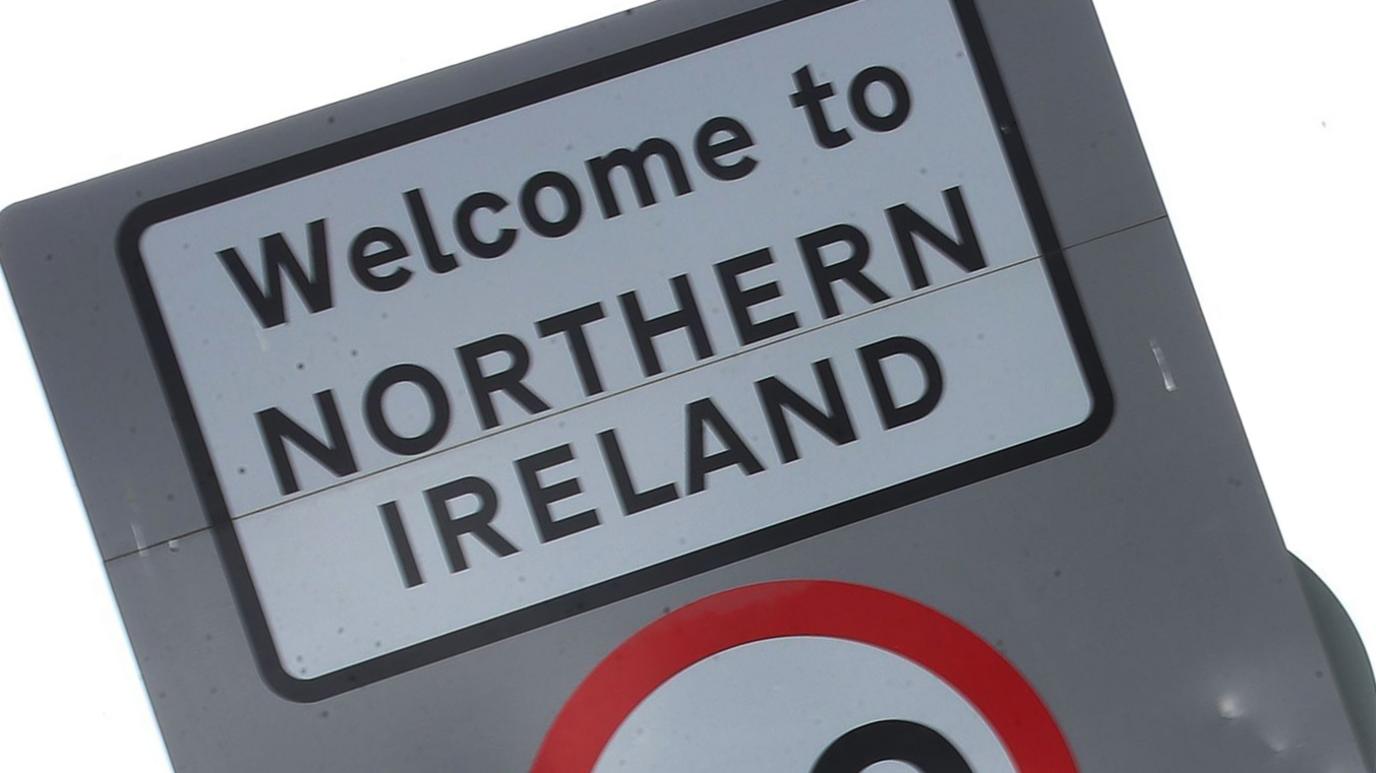Northern Ireland: 100 years since country was formed
- Published
- comments
How was Northern Ireland created 100 years ago?
Marking 100 years since the creation of Northern Ireland is an anniversary which is seen in very different ways by different sections of the community.
There are differing views because of the history of conflict over the decision to divide up the island of Ireland, a political and cultural argument which is still going on today.
Prime Minster Boris Johnson has announced planned events including a special postmark, every school being given a tree to plant and a centenary concert.
But the deputy First Minister of Northern Ireland, Michelle O'Neill has said there is "nothing to celebrate".
Why do people disagree?
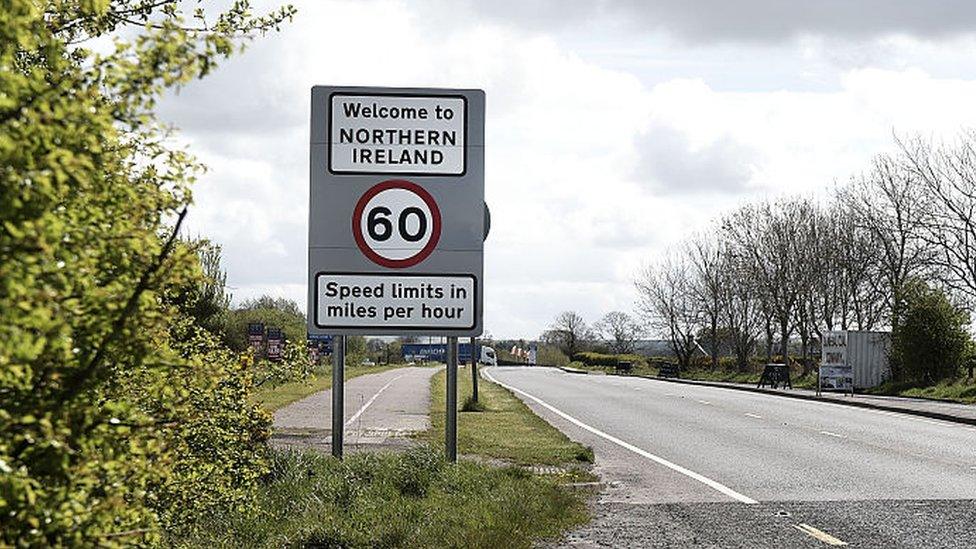
Members of the nationalist community, who are mainly Catholic, do not want Northern Ireland to be governed as part of the UK, and would like to see the island of Ireland return to being all one country which governs itself.
Nationalists were mainly Catholic. They wanted Ireland to have its own Parliament and make its own laws.
Members of the unionist community, who are mainly Protestant, strongly believe that Northern Ireland has a British identity and should remain part of the UK.
Unionists were mainly Protestants. They wanted to continue to be part of the United Kingdom. They mainly lived in the North-East of Ireland.
This means there are always differences of opinion on lots of aspects of life in Northern Ireland.
Marking the creation of Northern Ireland brings about strong emotions, because people today hold differing views on the border having been created in the first place.
In a recent poll commissioned by the BBC, only 40% of people in Northern Ireland think the anniversary is a cause for celebration.
How did Northern Ireland become the nation it is today?
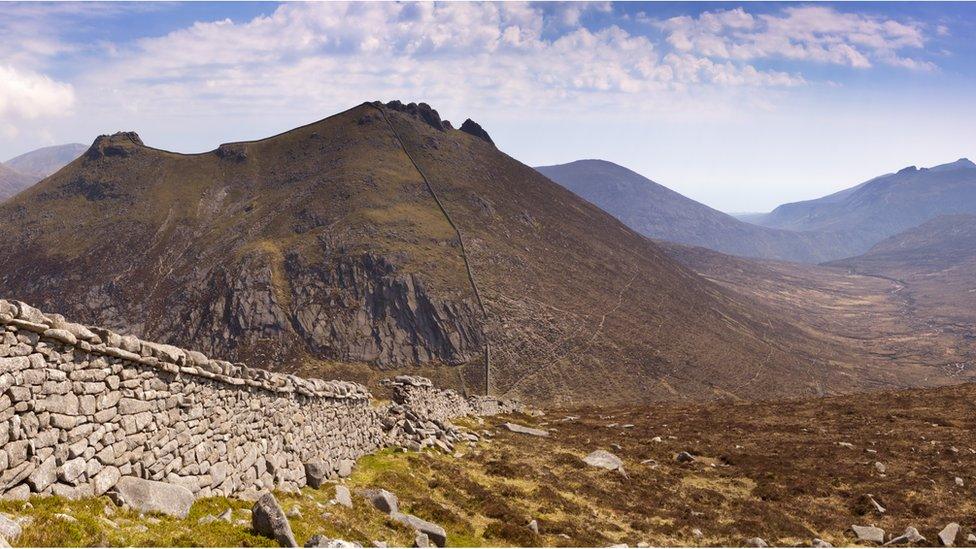
The Mourne Mountains in Northern Ireland
Conflicts have been going on for hundreds of years, ever since the Norman invasion in the 12th Century over who should rule the island of Ireland.
To protect British interests on the island of Ireland, in the 17th Century many protestants from England and Scotland settled in the northern part of the island.
In the early 20th Century, the whole island of Ireland was under British rule, so nationalists staged a rebellion which came to be known as the Easter Rising.
For two years nationalists continued to fight for Irish independence, in the Anglo-Irish war. Many acts of violence were committed.
Partition
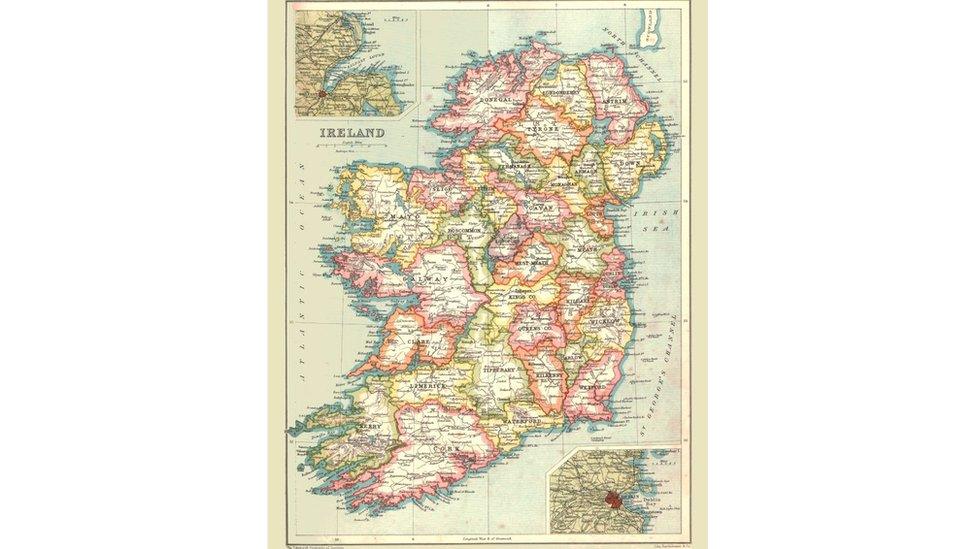
The map shows the island of Ireland before the partition of the six counties which became Northern Ireland
In order to try to end the bloodshed and find a solution, Ireland was divided into two separate regions, Northern Ireland and Southern Ireland. Partition as it was called, happened through the Better Government of Ireland law that was passed in 1920.
The intention was that Northern Ireland would have its own parliament in Belfast, and Southern Ireland would have its own parliament in Dublin. This was agreed by nationalists and the British Government.
Both parts of the island would remain part of the British Empire, and would have to swear loyalty to the King.
At the time partition happened 100 years ago, violence erupted in Belfast and across the new Northern Ireland, when close to 600 Catholics, Protestants and police officers were killed.
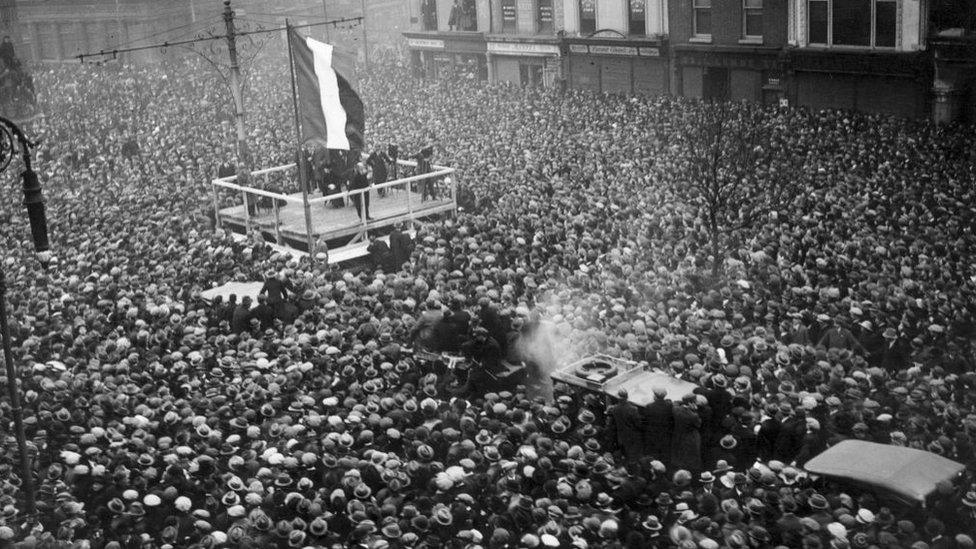
Irish nationalist leader and future President of the Irish Republic, Eamon de Valera, addressing a crowd in Dublin in 1922
The South was originally called the Irish Free State, but it eventually left the empire and became a Republic, a country governing itself: the Republic of Ireland, as it is known today.
Northern Ireland remained part of the UK, which is why today there are two separate countries on one island.
But the partition of the island continued to be a source of division.
The Troubles
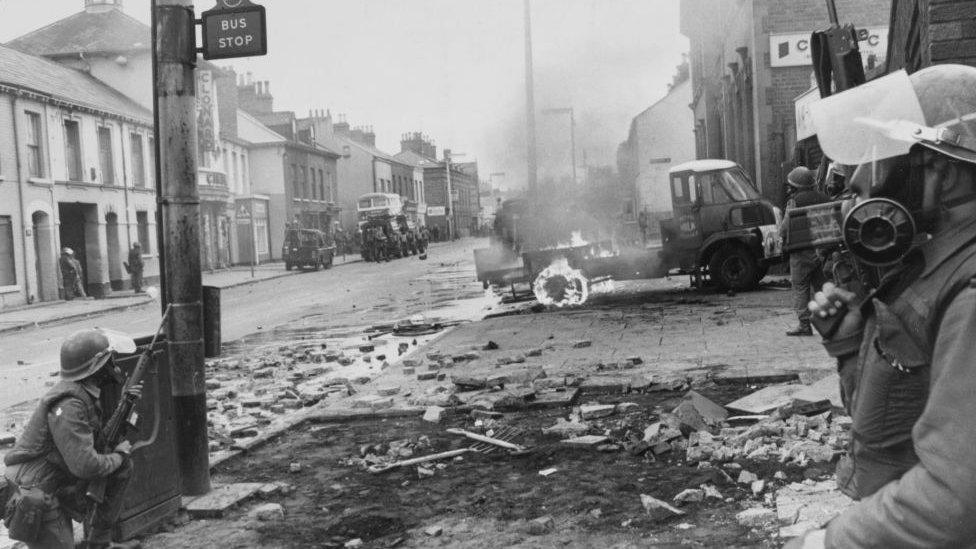
British soldiers on the streets of Belfast in 1970
From 1969 there were 30 years of conflict in Northern Ireland known as 'The Troubles' in which more than three thousand people died.
Irish republicans wanted to stop Northern Ireland being part of the UK, and to try to bring about 'a United Ireland'.
A peace agreement known as the Good Friday Agreement was signed in 1998 which largely brought an end to the violence.
But political disagreements still occur today between the two sides.
Belfast riots
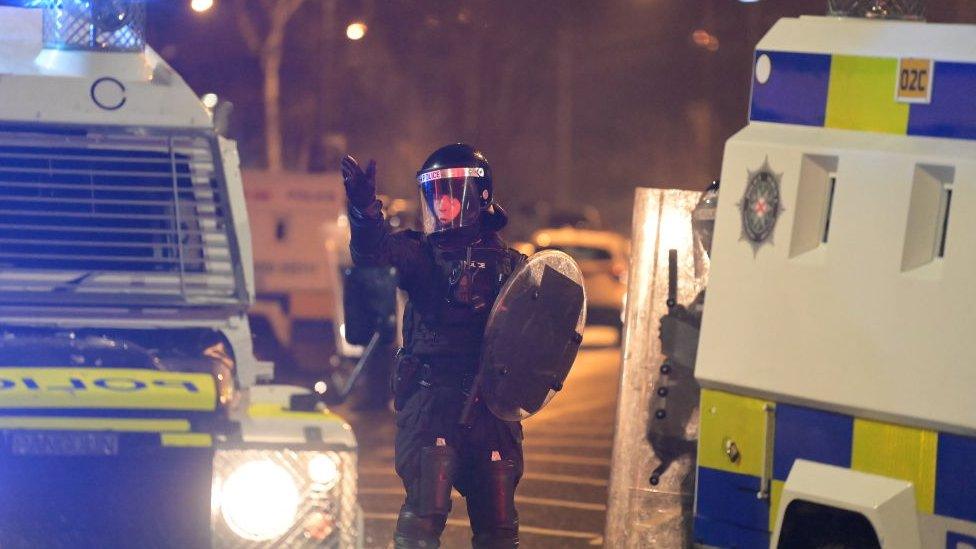
Police officers were attacked during the protests in Belfast earlier this year
This year, there have been violence and protests in some parts of Belfast.
Brexit has been one of a number of reasons behind it. Many unionists are unhappy that the Brexit deal has created different trade rules for Northern Ireland from the rest of the UK. They say it undermines their British identify
When violence happens in Northern Ireland, people worry because they don't want conflicts to start up again.
- Published12 May 2020
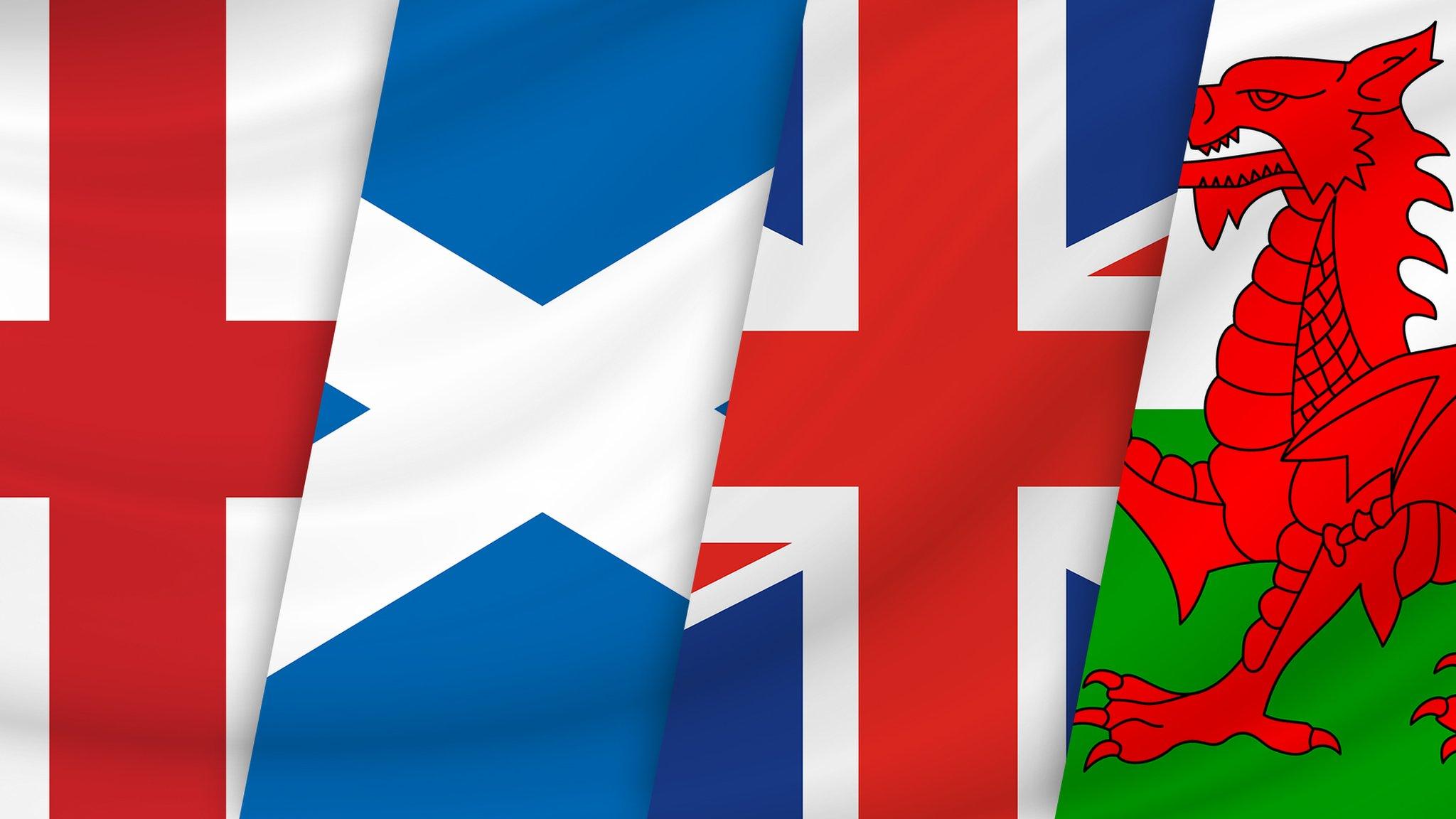
- Published21 January 2019
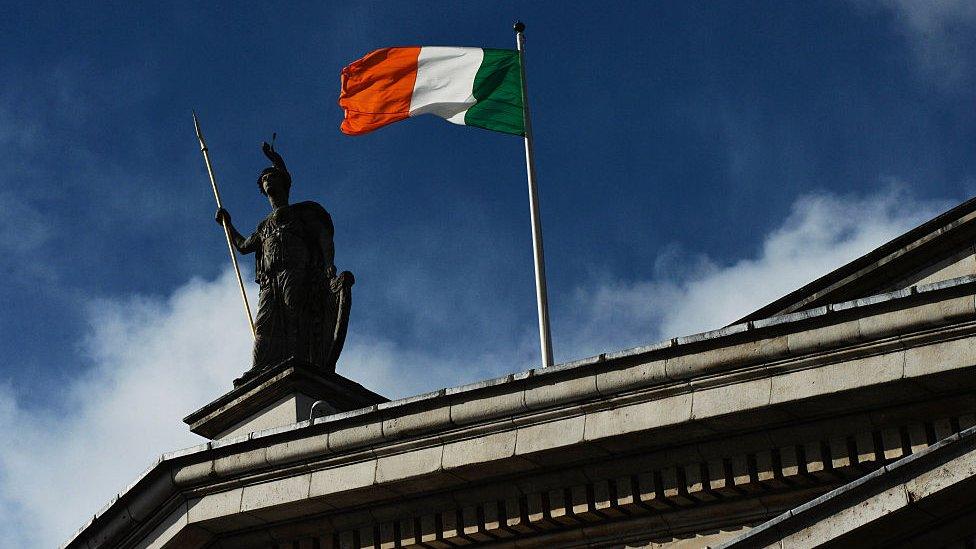
- Published3 April 2019
